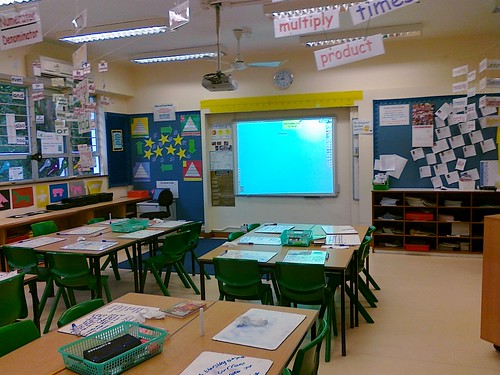Podcasts in the Classroom
As a recorded lecture, for the most part, some podcasts are not very exciting for the student. It can require a lot of focus and listening, something that not all students have. Using this approach can be difficult to keep the students interested and engaged. However, I like the idea of using an audio podcast as a listening activity or to give authentic learning material to the students. Using this approach, they are able to hear authentic accents and also apply what they have learned.
In this podcast on por and para (it is Podcast 28) Ben and Marina explain the uses of por and para with examples. I like the idea of using this because it is a different approach- my students do not have to always listen to me, they are exposed to others speaking the language and need to make the connection through listening rather than writing, which many are more comfortable with.
At the end of the podcast, as well as the beginning of the next, Ben says several statements and says "beep" where por or para needs to be inserted. Marina then is asked to repeat the sentence and fill in the blank with the correct word. I would do this with my students by having them listen to Ben's original statement, ask which they would fill in and why, come to a class consensus and then check our answer with Marina's. If our answer was wrong, we would look at why and I would have a students explain to me why the other would be used. As they become more comfortable with this exercise, I would call on volunteers to repeat the statement and choose the correct word.
Further thinking about how podcasts can be beneficial in a foreign language classroom, I could extend classroom time by assigning a podcast for homework and having the students complete a listening assignment with it. Also, as the students grow more familiar with podcasts, I could have them make their own for a particular topical, having them create their own lesson for it. This would help them become more familiar with the topic and help me understand their thought process and if they are understanding and explaining it correctly.





